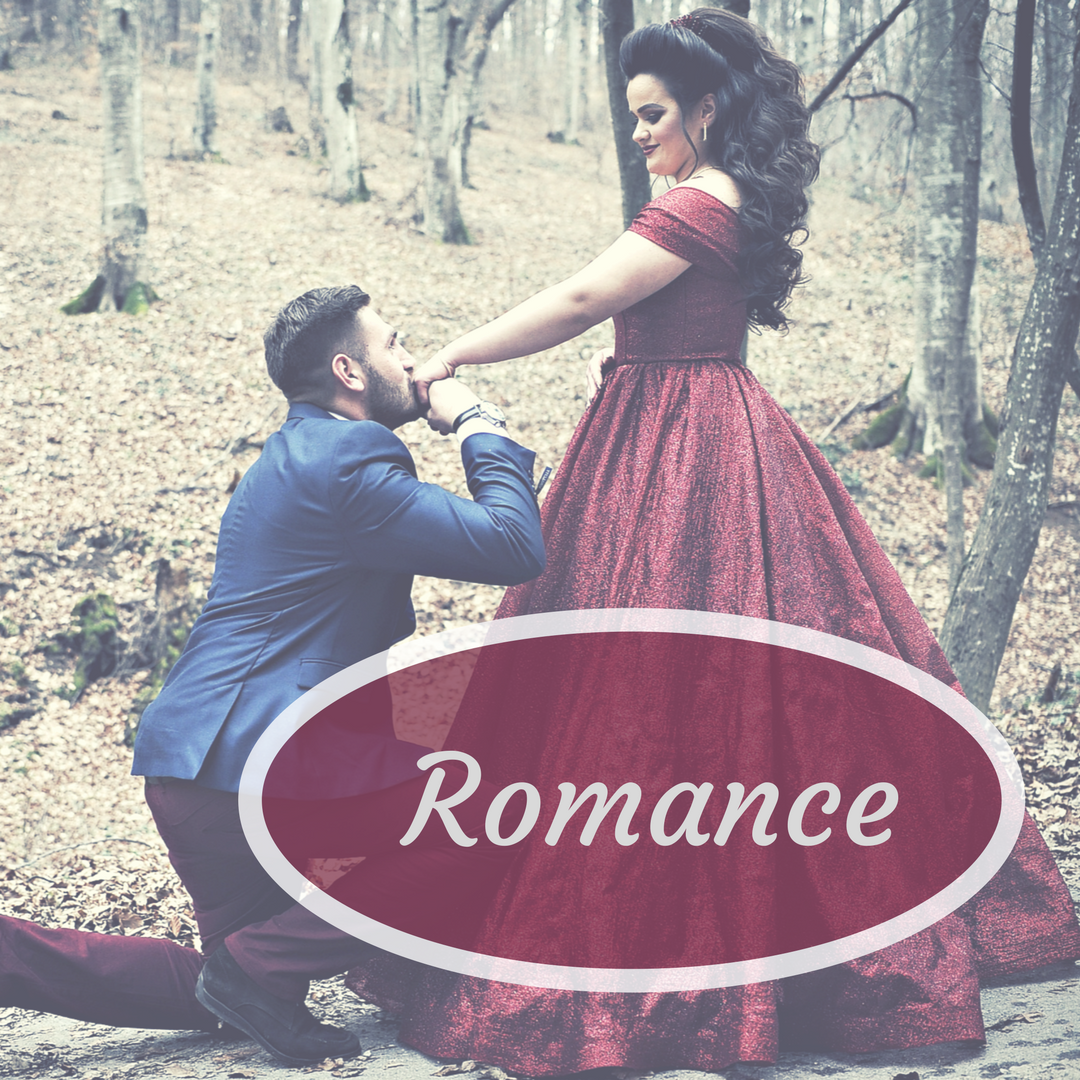Editors often say they’re looking for stories with “strong female characters.” Many writers take that to mean the heroine should be bold and brave or demanding and difficult. But I think what it really means is that the character should be memorable, someone you’d want to know and someone you’d respect. Someone who stays with you, even after the story ends.
This month we’re talking about your heroine, the female lead. It’s easy to write a character who is a stereotype. The career gal in stilettos. The mousy librarian. The harried housewife. Then we think we’re being creative by making the character the opposite of the stereotype. Or putting her into a situation that will create conflict with the stereotype. The career gal falls for a rugged outdoors guy. The librarian moonlights as a stripper. The housewife is a spy. All of those have been done and done well. But as my writing mentor used to say, let’s “go deeper.”
Some of the most best romance heroines I’ve read were memorable because they were so well crafted that when I finished each book I could say I knew those women.
The widowed and grieving mom in Rachel Higginson’s The Five Stages of Falling in Love, Liz Carlson, was overwhelmed, falling apart yet strong enough to risk loving again.
The first Kristan Higgins book I read, Catch of the Day, turned me into a lifelong Higgins fan, because of the heroine, Maggie. She opens the book confessing to being in love with a priest.
In Susan May Warren’s, My Foolish Heart, Isadora Presley is an agoraphobic heroine who gives advice to the lovelorn in her small town.
Each of these characters stayed with me because I traveled their journeys with them. I walked with Liz as she dared to fall in love again, even if it meant risking losing someone else she loved. Isadora and I took baby steps outside to the front porch, then to the sidewalk, and eventually to the coffee shop and then into the world.
So, how do we create a strong heroine that stays with the reader after they close the book?
Their strength has to come from who they are, not what they do.
This doesn’t mean every strong heroine has to have grown up in the foster care system, or be from an abusive background. It doesn’t mean she had to have overcome something horrible or difficult in the past. But it does mean she has to have had experiences that have affected her, that have molded her into who she is when we meet her.
An agoraphobic character sounds like the opposite of a strong lead, but Isadora Presley turned out to have plenty of steel in her. Her strength came from inside. Not from her job. Not from power suits and stilettos. She survived an accident that killed her mother. That gave her the power to overcome her agoraphobia and rejoin the world.
Strength isn’t something we’re born with. It’s something we exercise and use and grow. It’s the same for our characters. The stronger they are, the more problems we can throw at them. And the more threats they overcome, the more your reader roots for them. And the more your reader loves them, the longer your reader will remember them. But not as a fictional character in a book. As a friend.

Carrie Padgett lives in Central California, close to Yosemite, but far from Hollywood, the beach, and the Golden Gate Bridge. She believes in faith, families, fun, and happily ever after. She writes contemporary fiction with romance. Carrie and her Stud Muffin live in Central California with their cat and dog and within driving distance of their six grandchildren.
You can find her online at:
Twitter: CarriePadgett
Instagram: carpadwriter
Facebook: WriterCarriePadgett
Amazon Author Page: Carrie Padgett




No Comments